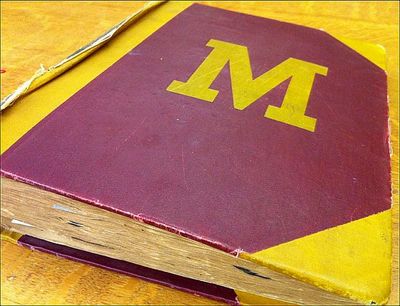 Millard Hall, corner of Washington and Union.
Millard Hall, corner of Washington and Union.
Millard Hall, constructed in 1911 and opened in 1912, served as a complimentary facility to the recently opened Anatomy Hall, now Jackson Hall. Millard Hall provided laboratory research space and departmental headquarters for most faculty in the Medical School. Millard Hall was torn down in 1999, along with Owre Hall and Lyon Laboratories, to make way for the Molecular and Cellular Biology building.
But did you know there was a Millard Hall before this Millard Hall? Did you know the original Millard Hall is still standing on campus, albeit under a different name?
 The first Millard Hall opened in October of 1892 as Medical Hall on the corner of Arlington and Pleasant. This was the first new building on campus dedicated to the medical sciences. Dean Perry Millard provided nearly $65,000 of the construction costs and the legislature appropriated $80,000. After Dean Millard’s death the building was named in his honor in 1906. When the new Medical School opened in 1912 the name was transferred to the new location.
The first Millard Hall opened in October of 1892 as Medical Hall on the corner of Arlington and Pleasant. This was the first new building on campus dedicated to the medical sciences. Dean Perry Millard provided nearly $65,000 of the construction costs and the legislature appropriated $80,000. After Dean Millard’s death the building was named in his honor in 1906. When the new Medical School opened in 1912 the name was transferred to the new location.
What became of the old Millard Hall? In 1913 the College of Pharmacy, under the leadership of Dean Frederick Wulling, moved into the space. In 1942 the building was renamed in his honor and retains that designation today.
Today the building no longer serves as an educational home to any of the health sciences on campus, but it remains the first building constructed for medical education and has outlasted many that have come after it, including the new Millard Hall.





















